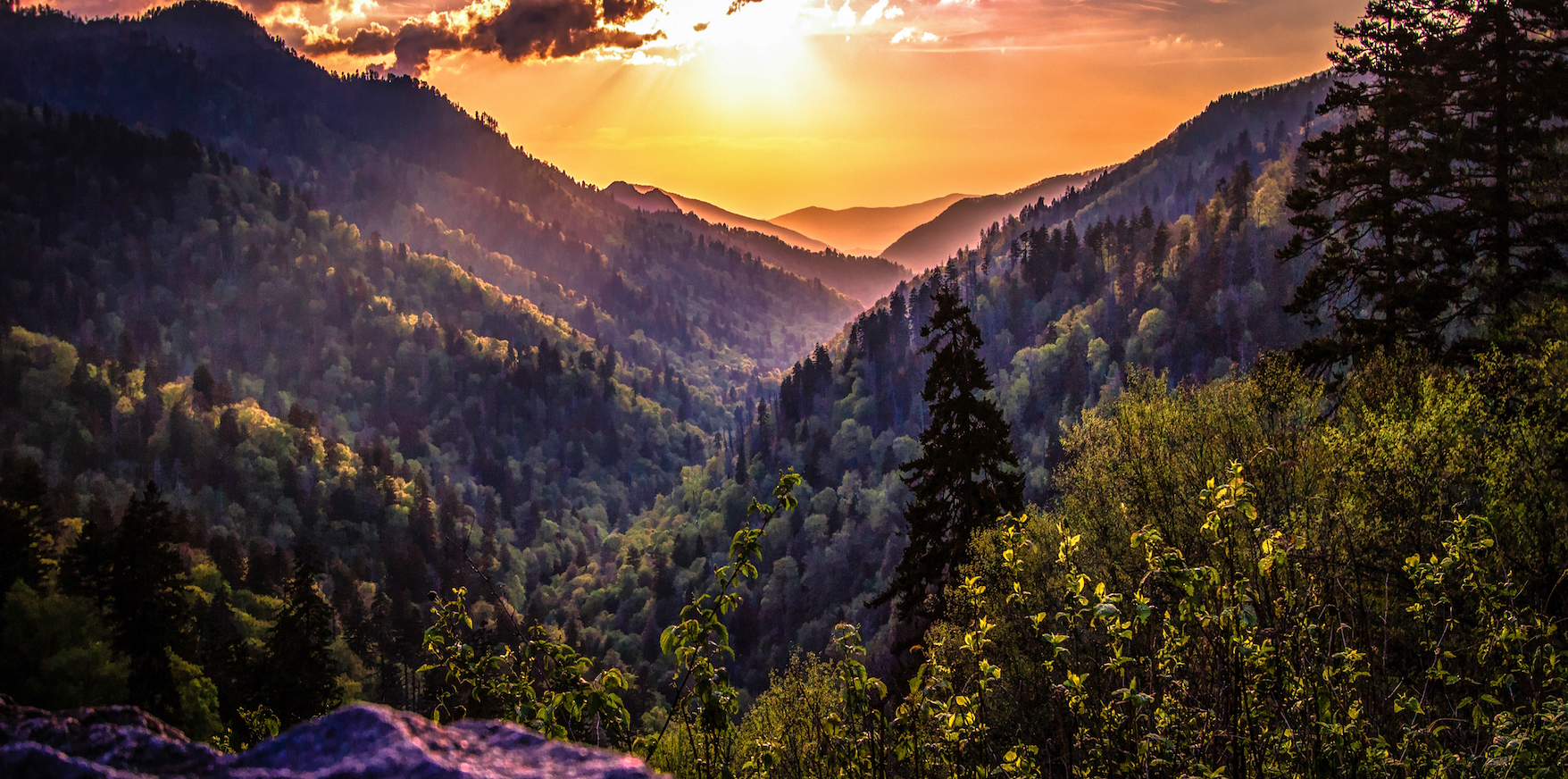
How much carbon can still be stored in North American forests?
For the first time, researchers have calculated the amount of carbon that could be potentially captured and stored by forests in North America while accounting for two major contributing factors: the natural process of forest growth and recovery and the climate changes that will influence these processes.
Study lead author Kai Zhu is an assistant professor of Environmental Studies at the University of California, Santa Cruz.
“There’s a lot of hope that our forests will soak up the carbon dioxide we’re producing, but the capacity of our forests is limited,” said Professor Zhu.
The team found that North American forests have reached 78 percent of their carbon sequestration capacity. The experts also established that the forests will gain no more than 22 percent of additional capacity to capture carbon over the next 60 years.
The current investigation provides a more accurate representation of the carbon storage capacity of forests across the continental United States and Canada because it relies on exhaustive, ground-based measurements instead of satellite data or simulation models that were used in previous studies.
“This is the first time wall-to-wall, ground-based data across North America was used,” said Professor Zhu. “We haven’t had detailed knowledge about this carbon sink until now, so this is a starting point to think about the future.”
In order to review the historical growth of forests and predict their growth in the future, the team analyzed data from 140,000 plots in the U.S. Forest Inventory and Analysis program and the Canada Permanent Sample Plots program. According to Professor Zhu, the forecast would not be reliable without accounting for climate change.
*We found that climate change effectively modifies the forest recovery trajectory, but the bigger factor is that overall forest growth is limited,” said Professor Zhu.
“The assumption was that existing forests will happily grow without future disturbances, but in reality, there will likely be disturbances.”
These potential disturbances include impacts from disease, wildfire, wind, and human activities. Each of these disturbances will reduce forest biomass and will likely lower the carbon sequestration capacity of the forests.
The study is published in the journal Nature Communications.
—
By Chrissy Sexton, Earth.com Staff Writer













